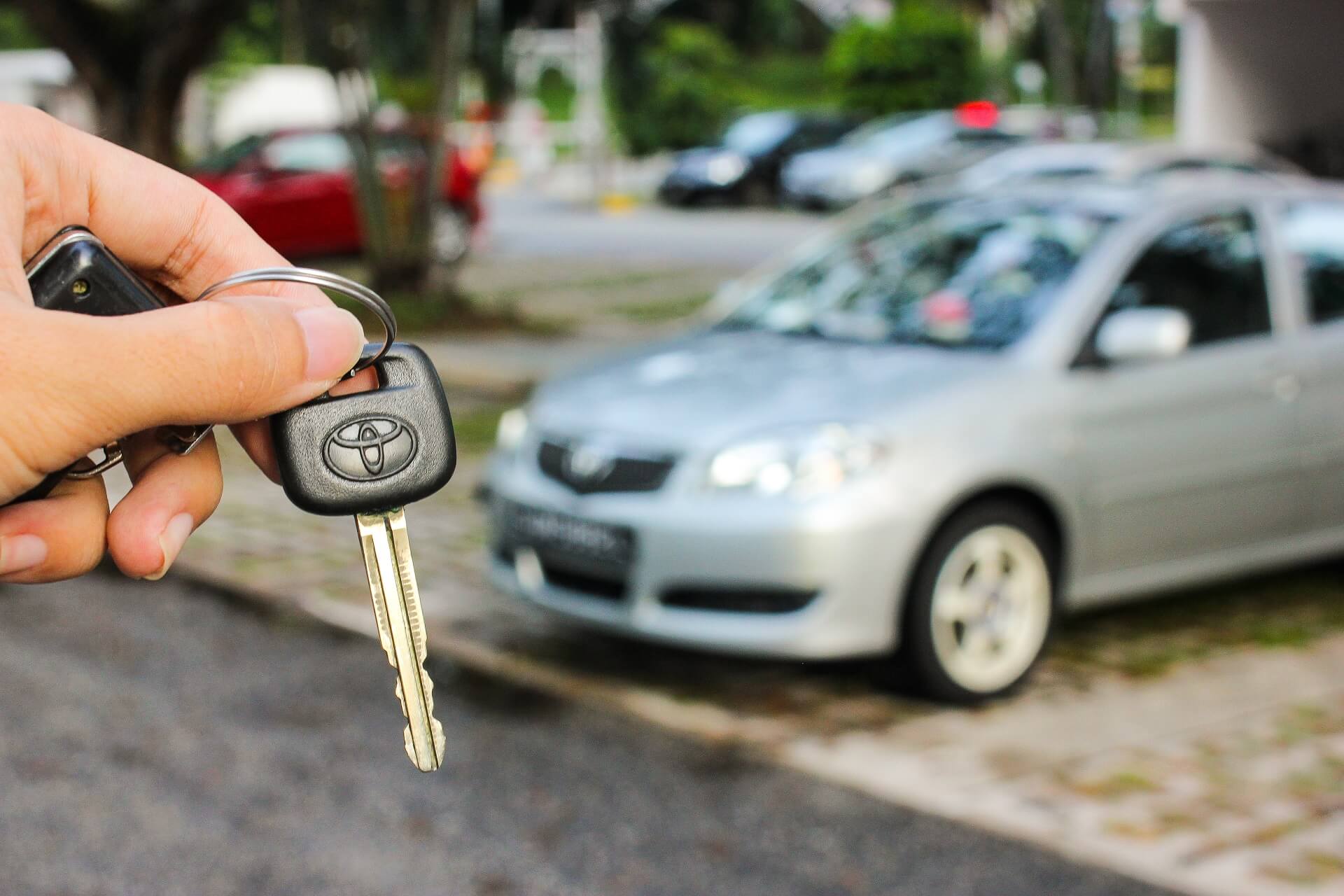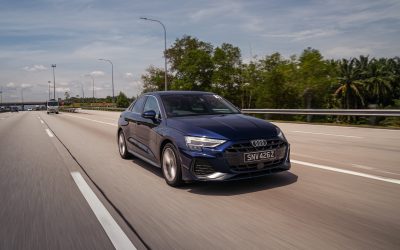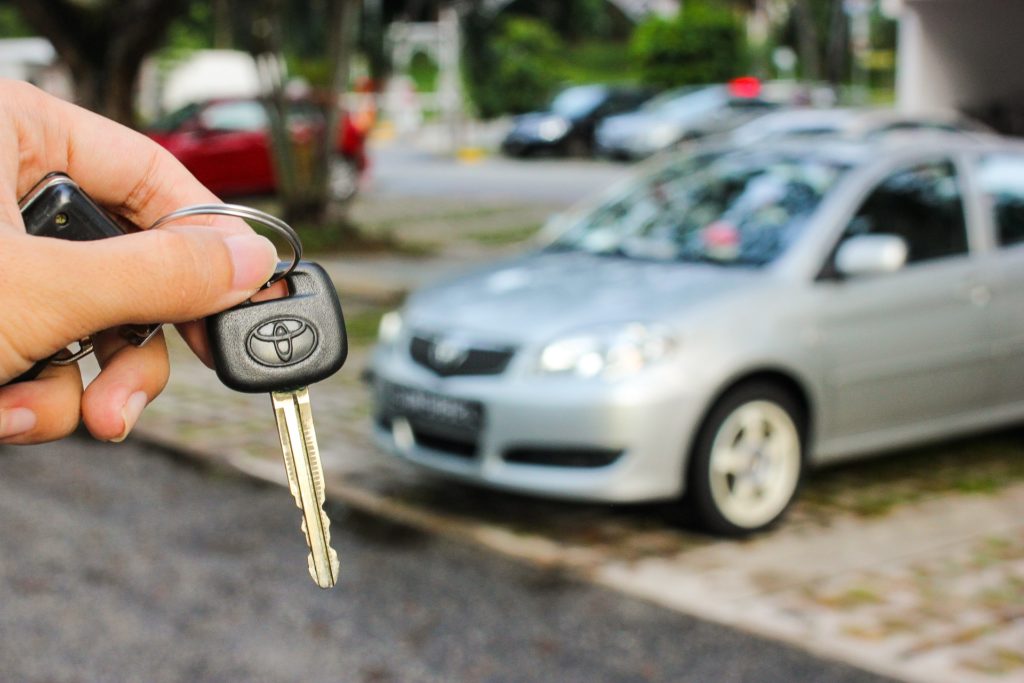
SINGAPORE – The national Circuit Breaker (CB) has compelled all of us to stay home and do our part to quell the spread of the coronavirus pandemic. This however, also means a longer period of time where our cars are left in the carpark.
Staying at home, spending time with family, getting fit or general nua-ing can be a refreshing change of pace. The same however, can’t be said for our cars. The car might not be subjected to the usual wear and tear when it’s parked. Extended periods of inactivity however, are actually detrimental to your car’s long-term health.
Hence, it is good to drive at least once a week. Juzz Performance, one of AutoApp’s partner workshops was asked about the dangers of letting a car sit for too long. This is what they recommend:
Charge up your battery

The battery is the first and most common thing to go if a car has been parked for too long; it’s a simple fact that all batteries (not just automotive ones) self-discharge over time. Cars draw a small amount of charge from the battery to keep its electrical systems “alive” when turned off. More so for electronic-heavy luxury cars, or if you have accessories like a dashcam plugged in.
At the least, your car will need to be jump-started when you start it. If not, the worst case scenario is that you’ll need an entirely new battery. Unlike smartphones or laptops, car batteries are not designed to be power cycled – drained completely and then recharged again. Doing so too often will actually affect its longevity.
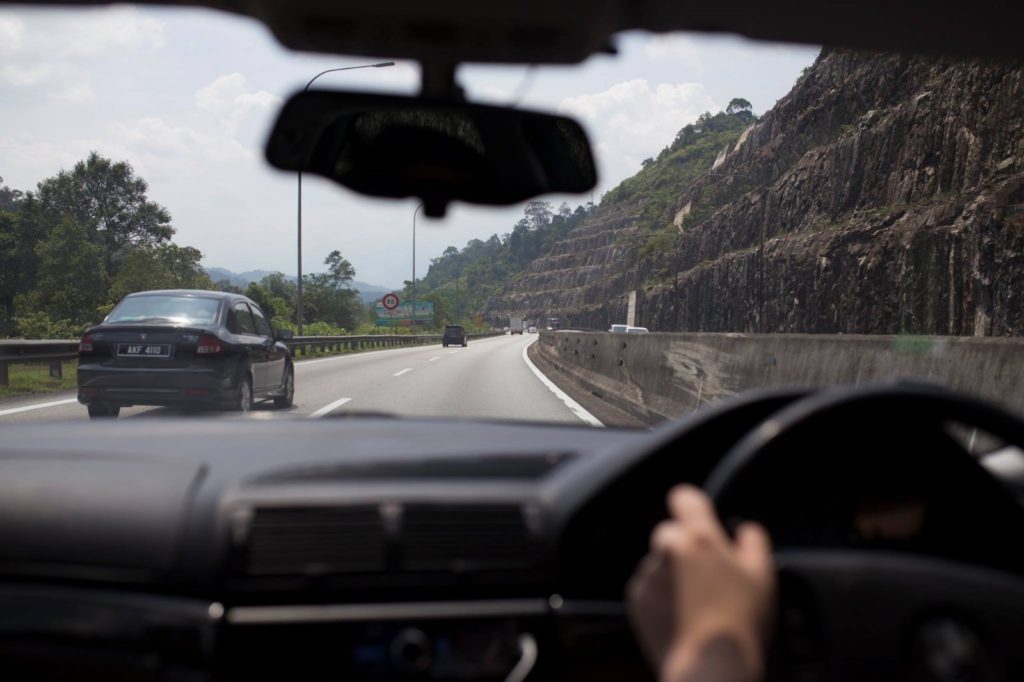
Driving your car occasionally is important, at least once a week should keep your battery topped up. The longer you leave the car parked, the longer it needs to be driven to get the battery charged up again. To reduce the battery drain rate, disconnect your dashcam and other plugged-in devices.
Flatten the curve, not your tyres

Like battery charge, air in tyres will also gradually dissipate over time.
Normally, under-inflation can range from uneven tyre wear which shortens your tyres’ lifespan to a loss of car control. Another issue is the build up of flat spots when the vehicle’s weight rests on the exact same spot on all four tyres for too long.
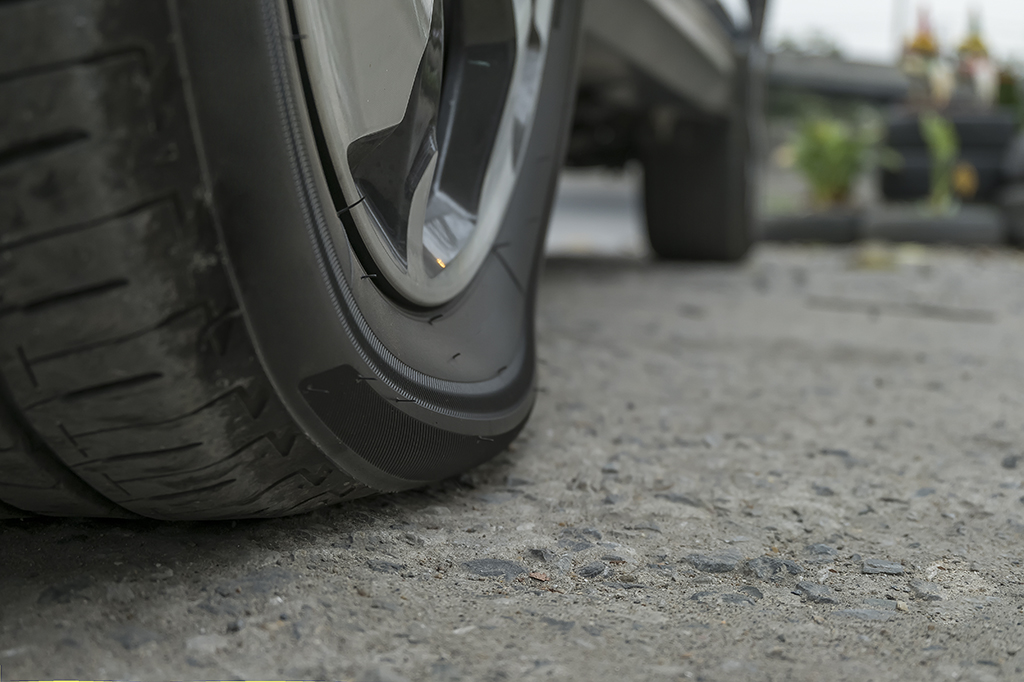
With flat-spotted tyres, the extra vibrations caused make for a more uncomfortable and noisy ride. This can be mitigated by over-inflating your tyres slightly if you are not planning to drive for an extended period. About ten percent extra inflation should be sufficient.
Indecent exposure (to the elements)
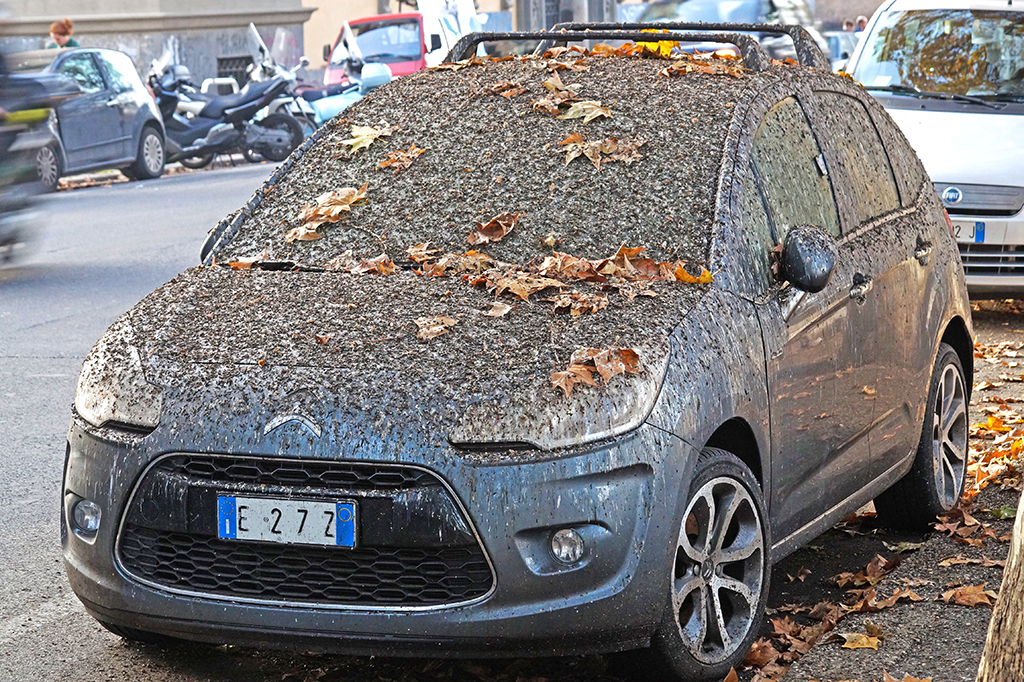
Here’s one for all those who don’t have the luxury of sheltered parking… Another thing to note is the perils of parking your car outdoors. Harsh sunlight causes paint to fade and interior plastics to become brittle. What you can do is make sure your car’s exterior isn’t subjected to anything more than that.
These are mainly bird droppings and tree sap. If not cleaned, they’ll be “baked in” by the Sun and eat into the paint leaving a semi-permanent stains. These may require more than a simple car wash to remove.

A car cover can help tremendously. Make sure however, to get a breathable type. Any moisture trapped underneath the cover could lead to mould or corrosion issues. AutoApp staffer Marcus on the other hand, has invested in a car umbrella.
Drive after washing
A sparkly and clean car is one of the little but satisfying aspects of car ownership. If you’ve decided to follow our handy how-to guide and lavished some TLC on your car, a simple wipe-dry might not be enough.
After washing, go for a short drive to let the rushing air dry the brakes.
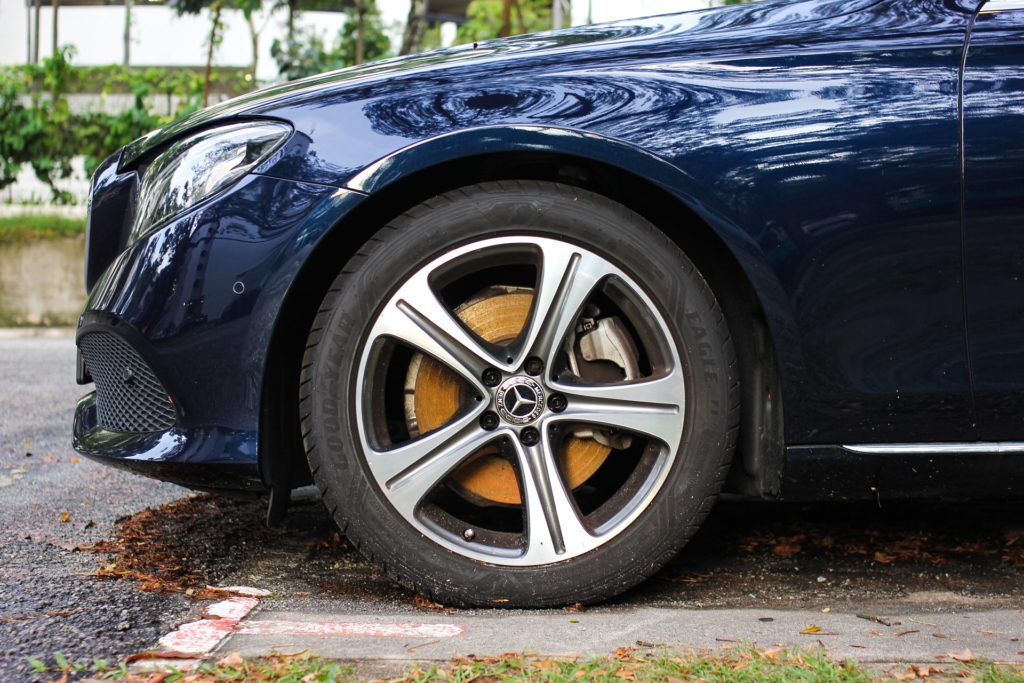
Parking the car with brakes still wet will cause mild rust to form. This might make them squeal when driven again. Also, certain parts such as the handbrake might to stick and release with a loud and disconcerting clunk.

